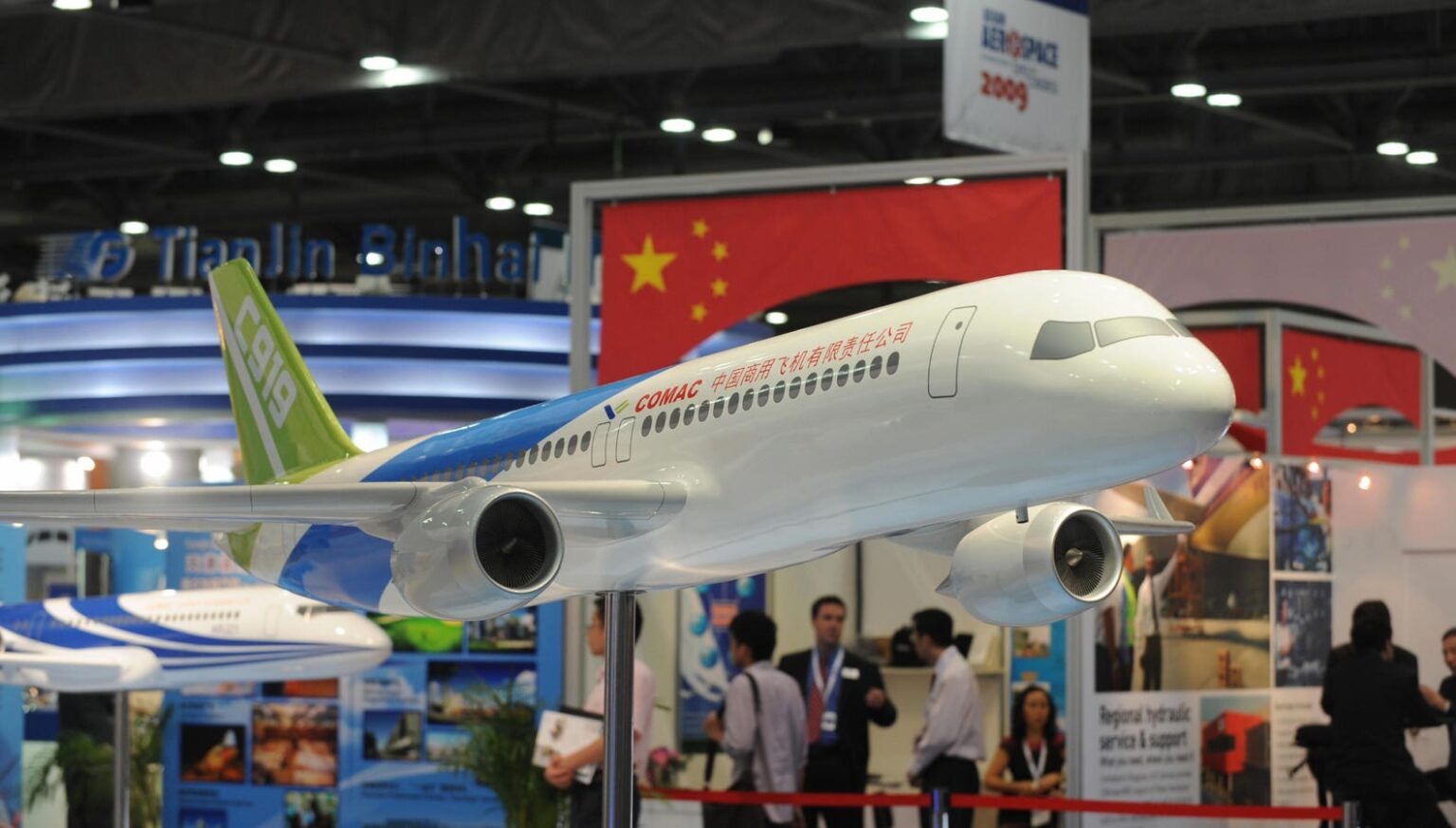The unveiling of the C919 by China’s Commercial Aircraft Corporation (COMAC) at the Asian Aerospace International Expo in 2009 marked a significant milestone in the global aviation industry. This aircraft and its soon-to-follow models symbolize China’s ambitions to establish itself as a major player in commercial aviation, challenging the dominance of traditional giants like Boeing and Airbus. The C919, designed as a narrow-body aircraft to compete directly with Boeing’s 737 MAX and Airbus’ A320neo, is backed by substantial government support and a growing domestic market. The successful launch of the C919 signifies COMAC’s commitment to breaking the North American and European duopoly in large commercial aircraft manufacturing, positioning itself to disrupt the global aerospace landscape.
Boeing’s current struggles, particularly following the catastrophic 737 MAX crisis, have revealed vulnerabilities that COMAC is poised to exploit. As the American aerospace giant grapples with supply chain disruptions and a crisis of credibility, the emergence of COMAC is not merely a hypothetical threat but a tangible challenge. COMAC has aggressively worked to establish its place in both the domestic and international markets, capitalizing on regulatory advantages within China and strong government incentives that encourage local airlines to favor domestically manufactured aircraft. This strategic positioning provides COMAC with a stable foundation for enhancing its production capabilities and increasing its market presence—a development that poses a significant threat to Boeing.
As COMAC’s influence grows, Boeing’s operational weaknesses have come to the forefront. Supply chain inefficiencies and regulatory challenges are hampering Boeing’s production and delivery timelines, leading to a crisis in consumer confidence. Competitors such as Airbus have adeptly navigated similar supply issues by maintaining more efficient production schedules, thereby gaining market share at Boeing’s expense. Moreover, the fallout from the 737 MAX fallout has left Boeing scrambling to regain regulatory approvals, resulting in a lack of innovation as it focuses on rectifying past mistakes. In contrast, COMAC benefits from a more streamlined regulatory environment, allowing it to accelerate its development without the significant impediments faced by Boeing.
This rise of COMAC is the result of a deliberate, government-supported strategy characterized by low production costs, expansive international ambitions, and substantial investments in aircraft development. COMAC’s market entry is not limited to domestic sales; it actively seeks out opportunities in emerging markets across Asia, Africa, and Latin America, historically strongholds of Boeing and Airbus. Deals like the collaboration with Brazil’s Total Linhas Aéreas underscore how COMAC leverages geopolitical relationships to penetrate new markets. As COMAC continues to offer competitively priced aircraft, Boeing grapples with increasing production costs and regulatory hurdles, placing it in a precarious position.
The implications of a successful COMAC reach far beyond the immediate challenge to Boeing. With projections indicating that China’s domestic aviation market will become the largest globally by 2040, any substantial market share loss to COMAC could severely impact Boeing’s financial stability. This situation is compounded by the increasing reliance on Chinese suppliers for key components, which raises national security concerns amid geopolitical tensions. The risk of losing industrial leadership to a well-supported competitor like COMAC has broader ramifications for the U.S. aerospace sector, potentially encouraging other nations to pursue domestic aviation manufacturing and diminish Boeing’s global market presence.
Boeing’s current predicament is characterized by a series of strategic missteps and missed opportunities that have allowed COMAC to gain traction. The company’s prior focus on stock buybacks instead of investing in research and development has stunted innovation, pivotal in a rapidly evolving industry. Furthermore, Boeing’s failure to forge strategic alliances with developing nations has allowed competitors like Airbus to establish a robust presence, further complicating Boeing’s efforts to regain its footing. As Boeing transitions from an engineering-centric culture to one driven by short-term financial gains, its systemic weaknesses have become more pronounced, leaving it vulnerable to disruption by agile competitors like COMAC.
To navigate these challenges, Boeing must take decisive and strategic actions aimed at reinventing itself and restoring investor confidence. A potential restructuring into three distinct divisions—Commercial Airplanes, Defense, and Services—could refocus its efforts on core competencies and facilitate innovation unconstrained by the complexities of a larger conglomerate. Prioritizing safety, quality, and next-generation aircraft development will be integral to restoring its leadership position within the aerospace industry. The question remains whether Boeing will rise to the occasion, leverage this moment of reflection, and secure its future in an increasingly competitive landscape or languish as a diminished player amidst a rapidly evolving global aviation market.

